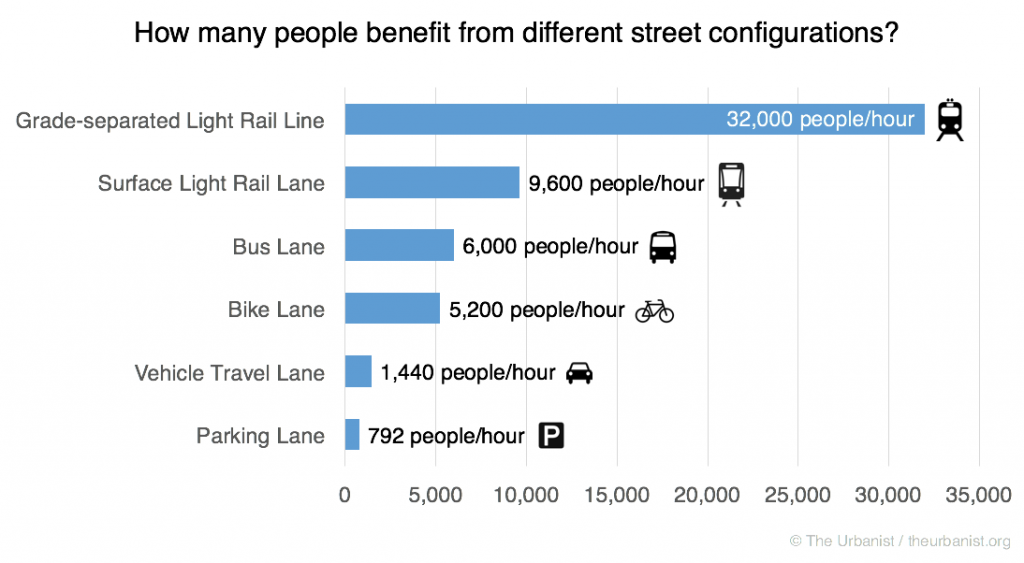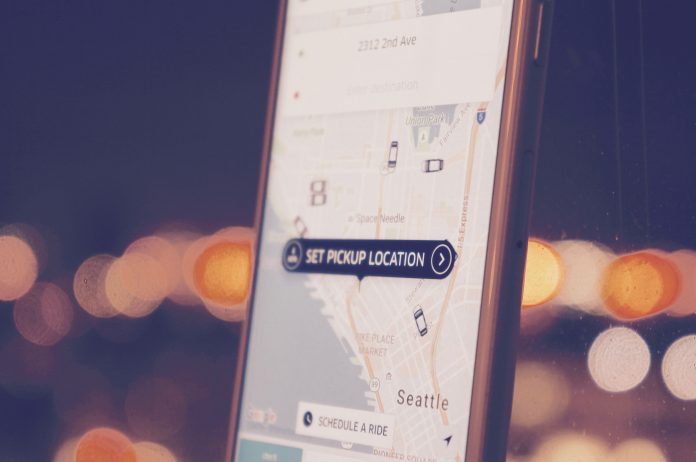On Monday, the ridesharing company Uber unexpectedly voiced their public support for Regional Proposition 1, also known as Sound Transit 3. The measure would fund building 62 miles of new light rail lines and two bus rapid transit lines ultimately connecting more than 85% of jobs and 80% of homes to frequent rapid transit.
More than anything, this move highlights Uber’s vision for the future: one where eventually autonomous ridesharing services complement mass transit, rather than replace it. There are a couple of interesting points from their press release that support this hypothesis:
- A survey recently published by American Public Transportation Association shows that people who routinely use shared transportation (e.g. rideshare, bikeshare, etc.) are more likely to also use public mass transit. Moreover, the ones that do use both types are more likely to forego car ownership.
- As proof of existence of such users, Uber states that in London 34% of trips begin or end within 200 meters (a two- to four-minute walk) of a subway station while in Paris it’s a whopping 65%.
This means Uber customers see it as a complement to mass transit for the purpose of covering the last mile from the rail station to their destination. It’s also interesting to note that despite London’s and Paris’ highly developed frequent bus networks, people still opt for using ridesharing as an alternative.
What’s important to note here is that Uber is one of the front-runners in the race to bring autonomous vehicles (AVs) to market. They are already running them in revenue service in Pittsburgh where their AV lab is based. Yet they don’t foresee a future where AVs completely replace mass transit. Nobody has more authority saying that than the company that stands to lose the most from potential government-subsidized competition to their own service, unless of course, it’s not competition, but augmentation.
A big reason why they may hold this opinion is the simple geometrical reality of cars and even buses when it comes to moving people in a limited amount of space:

Now, many people claim that AVs can actually increase the capacity of highway lanes. It’s important to understand that this is highly dependent on such lanes not being shared with manually-operated vehicles. For this to happen, we must (1) hit a very high adoption rate of autonomous vehicles, then (2) get the political clout to dedicate lanes specifically for them, and then (3) separate those lanes with controlled access points to prevent non-autonomous vehicles from entering and wreaking havoc on the system (and potentially endangering people). Moreover, depending on just how much space is dedicated to driverless vehicles, while this space will be used more efficiently, by the time it comes online regional population growth may also have driven up the demand to fill it at capacity and negate any “congestion relief” it could have provided.
So while AVs are likely to significantly increase the capacity of the highway network, Uber is betting that light rail will provide increased passenger capacity sooner and this will drive up demand for last-mile travel to and from stations. In such a scenario, light rail will remain as the key way to move large numbers of people without traffic delay across our region.
And Uber really believes in this vision. From their own words:
Endorsing ballot measures isn’t something we have typically done at Uber, which indicates how important we think this is.
This isn’t a political ploy or a distraction maneuver, this is the world’s largest ridesharing company betting that a public mass transit system anchored in a strong light rail network will be their key partner in realizing a vision for the future of transportation.

Anton Babadjanov
Anton has been living in the Pacific Northwest since 2005 and in Seattle since 2011. While building technology products during the day, his passion for urban planning and transportation is no less and stems from a childhood of growing up in the urban core of a small European city.

